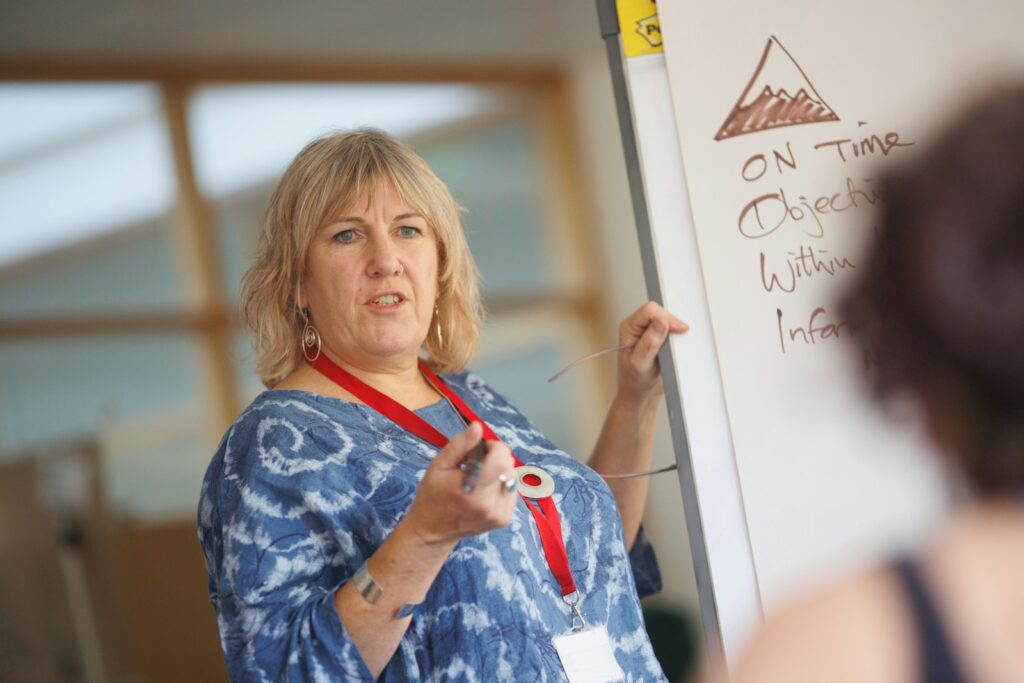Ask any K‑12 teacher what they need most right now, and you’ll hear the same themes: better support, stronger connections, and less burnout. As schools continue to adapt post-pandemic, the conversation around teacher support networks is shifting from nice-to-have to non-negotiable. But what will these networks look like in the year ahead? How can educational software for schools make them more effective, practical, and sustainable for busy educators?
If you’re a lead teacher or classroom teacher striving to stay ahead of change, this guide will empower you to anticipate what’s on the horizon and how to position yourself — and your colleagues — for better support.
Why Teacher Support Networks Matter More Than Ever
When teachers feel supported, schools thrive. Research indicates that when teachers have access to strong peer networks, ongoing feedback, and shared resources, they tend to stay in the profession longer, experience less burnout, and deliver better outcomes for students.
However, these networks are often fragmented or informal. Teachers want more than sporadic mentoring sessions or one-off workshops. They need real communities, consistent tools, and leadership that backs them with time and resources.
This is where technology is stepping in to close the gap.
How Educational Software for Schools is Evolving Teacher Support
Modern educational software for schools is moving beyond student data alone. New platforms are making it easier to build and maintain effective teacher networks. Here’s how:
- Collaboration Hubs: Digital spaces where teachers can share lesson plans, co-create resources, and troubleshoot challenges together, without relying solely on staff meetings.
- Mentorship Matching: Smart tools that connect new teachers with experienced mentors based on subject, grade level, or specific areas of growth.
- Professional Development Tracking: Systems that track PD hours, certifications, and goals, making it easier for teachers and administrators to see progress and gaps.
- Feedback and Reflection Tools: Digital forms for peer observations, coaching notes, and reflective practice that don’t get lost in paperwork.
- Wellness and Check-In Platforms: Some school management systems now include mental health check-ins and wellbeing dashboards to help teachers flag burnout risks early.
Trends to Watch This Year
So, what will teacher support networks look like over the next twelve months? Here are key trends to keep an eye on:
1. More Peer-Led Learning Communities
Teachers are taking charge of their growth. Expect more schools to inspire and encourage small, peer-led learning communities — sometimes referred to as professional learning communities (PLCs) — that meet regularly to address real classroom challenges together.
2. Integrated Coaching and Observation
Gone are the days of isolated classroom observations. Schools are starting to embed observation and feedback tools within broader school management software, so coaching isn’t a surprise event — it’s part of a trusted routine.
3. Hybrid Models of Support
With virtual PD and remote mentoring proven possible, more schools are blending face-to-face and online teacher networks. This expands the pool of teachers from whom one can learn and removes barriers of geography and schedule.
4. Data-Driven Personalization
Expect to see software that uses teacher feedback, performance goals, and student outcomes to recommend customized training and peer connections. This ensures that the time spent in support networks makes a meaningful impact.
5. Mental Health as Core Support
Staff wellbeing is finally being taken seriously. Leading districts are piloting teacher wellness dashboards and stress check-ins as part of their comprehensive support systems, rather than as separate initiatives.
What This Means for Teachers
So, how do you prepare to capitalize on these trends? A few practical steps:
- Get Comfortable with New Tools: Many schools are adding new educational software features. Take time to learn how they work — they’re designed to help you, not replace you.
- Advocate for Consistent Time: Support networks only thrive when they’re built into the workweek. If your team needs more time for collaboration, speak up.
- Connect Across Schools: Don’t limit your network to your building. Online tools mean you can share ideas with teachers in other districts or states facing similar challenges.
- Use Data for Good: If your school’s system tracks coaching or PD, use it as a growth tool. Examine your trends, celebrate your wins, and identify what you need next.
What School Leaders Should Keep in Mind
For support networks to deliver real impact, they can’t be optional or last-minute. School leaders should:
- Invest in integrated school management software that includes teacher support tools, not just student data.
- Train lead teachers to run PLCs and mentor groups effectively.
- Build time into the master schedule for collaboration, reflection, and shared problem-solving.
- Use data respectfully — as a support tool, not a stick.
When schools make teacher support a pillar, rather than an add-on, they retain good educators longer and help them thrive.
What to Ask About Your School’s Teacher Support Networks
To see where you stand — and where you’re headed — start by asking:
- Do we have a clear structure for teacher support beyond one-off PD days?
- Are new teachers intentionally matched with mentors?
- Do we have a digital hub for sharing resources and ideas?
- Is time for collaboration protected in the schedule?
- Are we using educational software for schools to make support easier to access and sustain?
If the answer to any of these is “not really,” now is the perfect time to push for improvements.
Final Thoughts: The Year Ahead
The following year won’t magically fix every challenge teachers face. However, wise leaders and engaged teachers can utilize better tools, clearer goals, and genuine collaboration to strengthen support networks more effectively than ever.
When teachers are supported, everyone wins — students, families, and communities. Keep watching how technology evolves, stay connected, and never stop advocating for the time and tools you need to grow.



